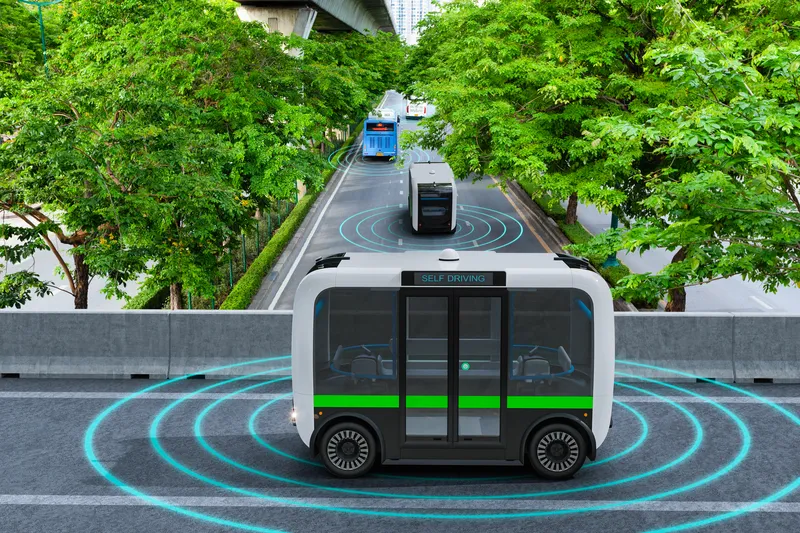Bridgelux and Molex have introduced what they claim is the first LED lighting solution designed and priced to drive rapid, mass market adoption of LED lighting technology. At a volume price point at less than US$20 per unit, and a lifespan of more than 10 years, the partners claim the Helieon Sustainable Light Module is one of the industry's highest quality, most cost-effective solid state lighting solutions, and it will change the way LED lighting solutions are used.
February 2, 2012
Read time: 1 min

"Helieon will quickly debunk the myth that solid state lighting isn't ready for mass adoption," said William Watkins, CEO of Bridgelux. "With Helieon, solid state lighting is poised to displace conventional incandescent, fluorescent and other technologies in many high-volume general lighting applications, creating a $100 billion market opportunity"









